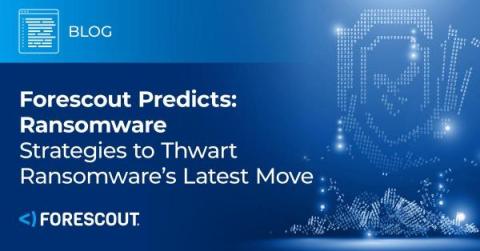Meet AZORult Stealer: High Risk, Open Source & Evolving
AZORult stealer was first discovered in 2016 and is regarded as a high-risk Trojan-type virus created to collect private data. Over time,the AZORult stealer evolved into a free, open-source program. We discovered advertising with instructions for installing the stealer in “TheJavaSea” and “Nulled” within the prominent Darknet forums. AZORult, one of the most dominant stealers, has taken the place of honor among the top 5 stealers worldwide in the last couple of years.










